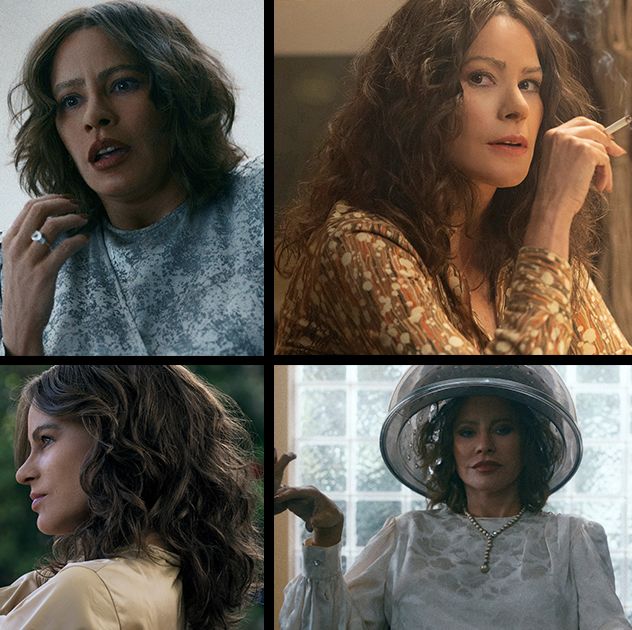CELEBRITY
Inside Sofía Vergara’s Griselda Transformation

From the looks of her wardrobe, it would be easy to mistake Griselda Blanco (Sofía Vergara) for a mob wife, but she, in fact, is the one running a powerful drug empire and earning the nickname “the Godmother.” Griselda’s quest to infiltrate the illicit business boys club is far from easy, and the Netflix limited series from co-creator and showrunner Eric Goldman (Narcos and Narcos: Mexico) depicts this unprecedented rise to infamy. Exclusive parties and nightclubs await, but this world is far from glitz and glam.
Set in the ’70s and ’80s, in the fictionalized drama Griselda, Vergara transforms into the infamous boss who fled Colombia with her three sons before going on to rule Miami in a role that will make you forget all vestiges of Modern Family. After playing one character on a hit sitcom for over a decade, it can be hard to shake this ingrained image, but within the first five minutes of Griselda, all thoughts of Gloria Pritchett have vanished. Costume, hair, and makeup all contribute to how unrecognizable she looks—including a prosthetic nose and fake teeth—and Vergara is earning rave reviews for this breakthrough performance.
“I couldn’t become [Griselda] exactly. But I wanted to disappear. I wanted Gloria Pritchett to disappear,” Vergara told The Los Angeles Times. “That was achievable—I mean, we’ll see. The show hasn’t come out yet, but I think it worked because I didn’t try to become her. I tried to become a woman of that era.” Two-time Emmy Award-winning veteran prosthetics and makeup designer Todd McIntosh worked with this notion in mind. “What we were trying to do was not make her look like Griselda Blanco. We were trying to make her look, not Sofía, and a little bit more plain feature-wise and structure-wise,” McIntosh tells ELLE.com.
Here, McIntosh discusses his last ever job, working with prosthetics, creating Griselda’s beauty look, and the joy of collaborating with Vergara.
The Starting Point
McIntosh has created his fair share of terrifying figures across his 32-year career—including on six seasons of Buffy the Vampire Slayer—but there is a big difference between literal monsters and a human face. “From the beginning, I’ve always said trying to make something look like skin, to make something look real is way more difficult than putting a demon face on and coloring the scales green,” says McIntosh. “We don’t know what demons look like, so whatever you do, we’re going to accept. But we know what a human face looks like—intimately—and it has to be done right to be believable.”










